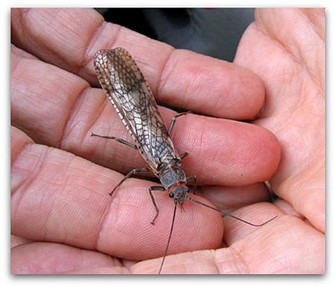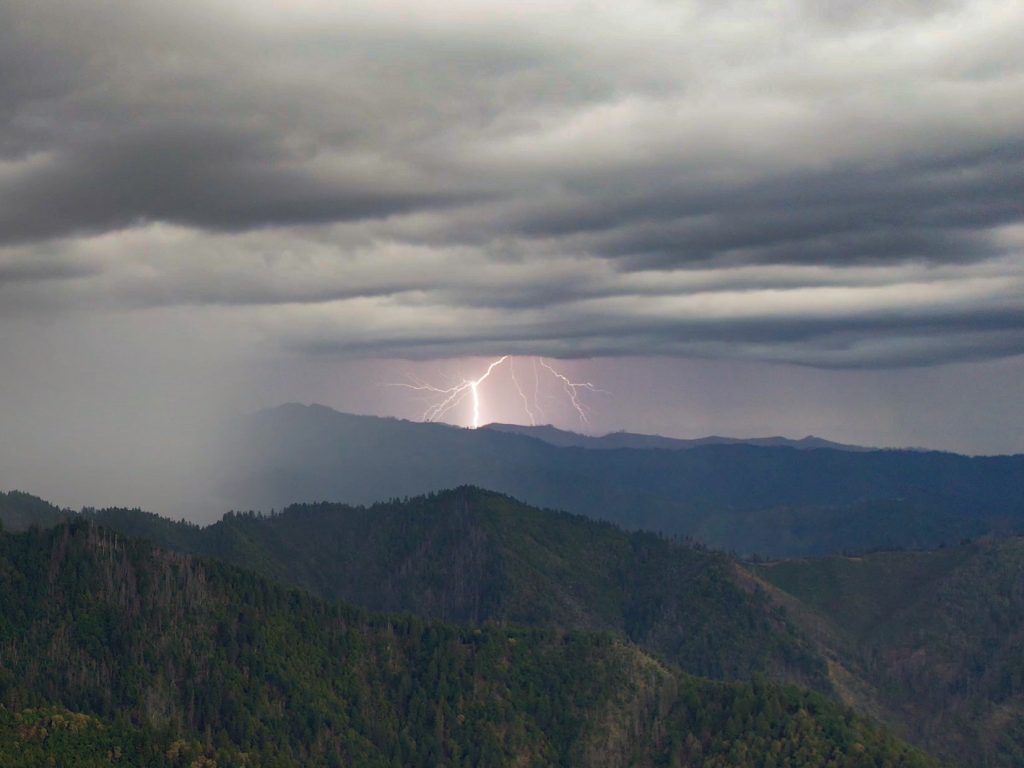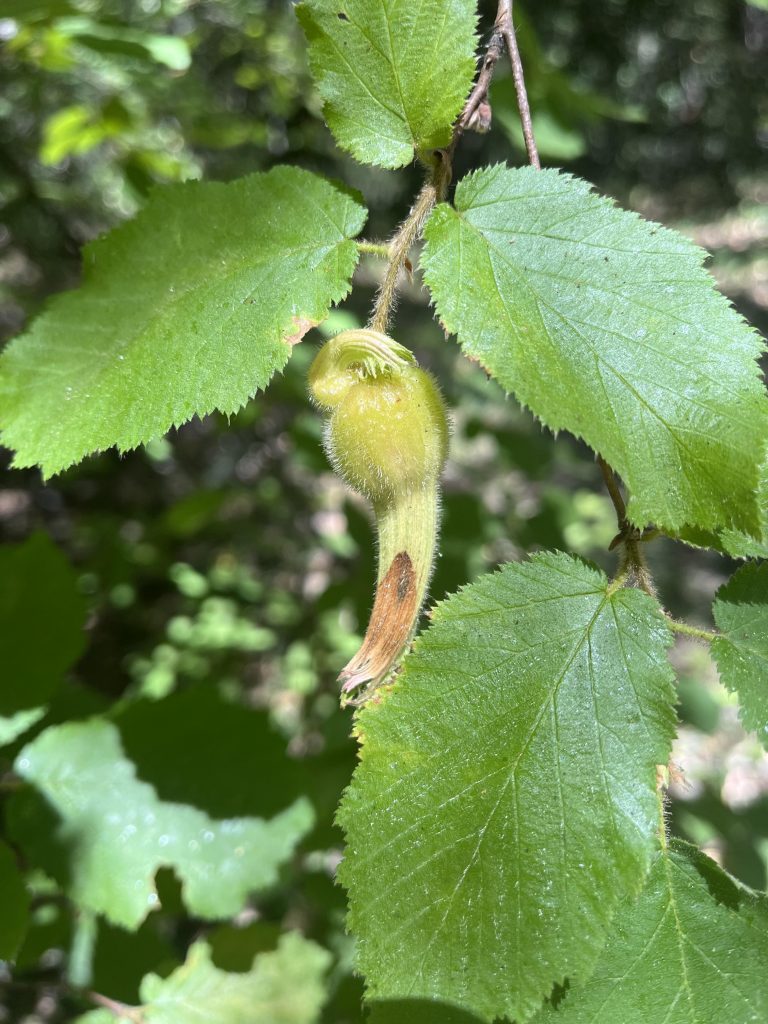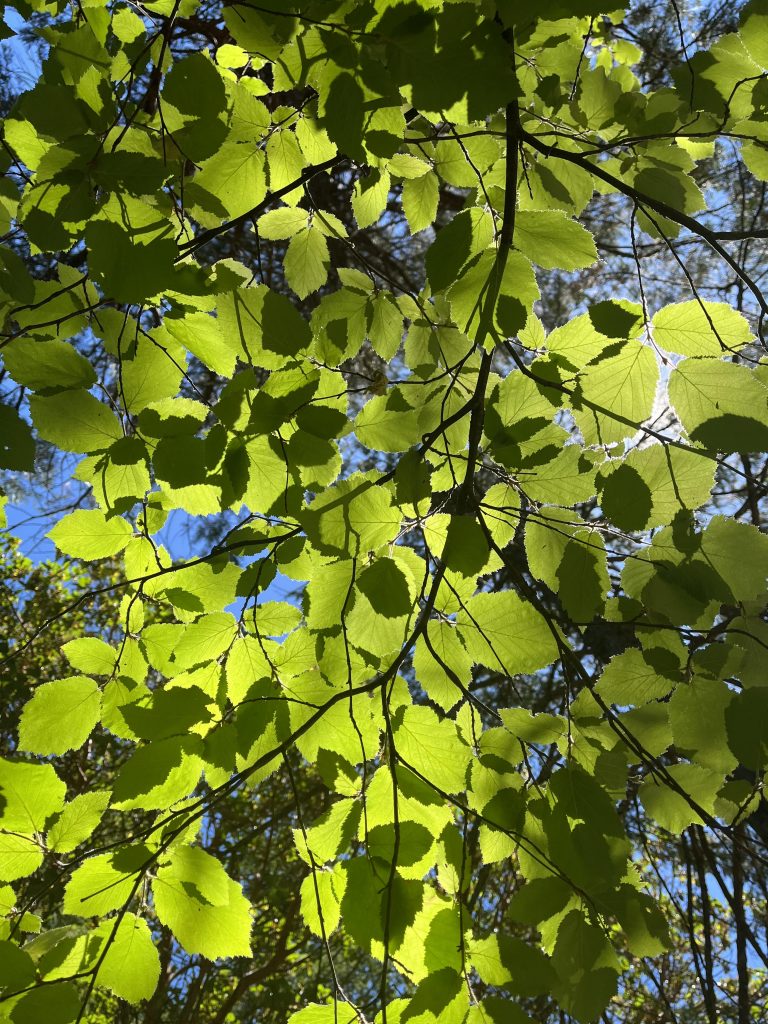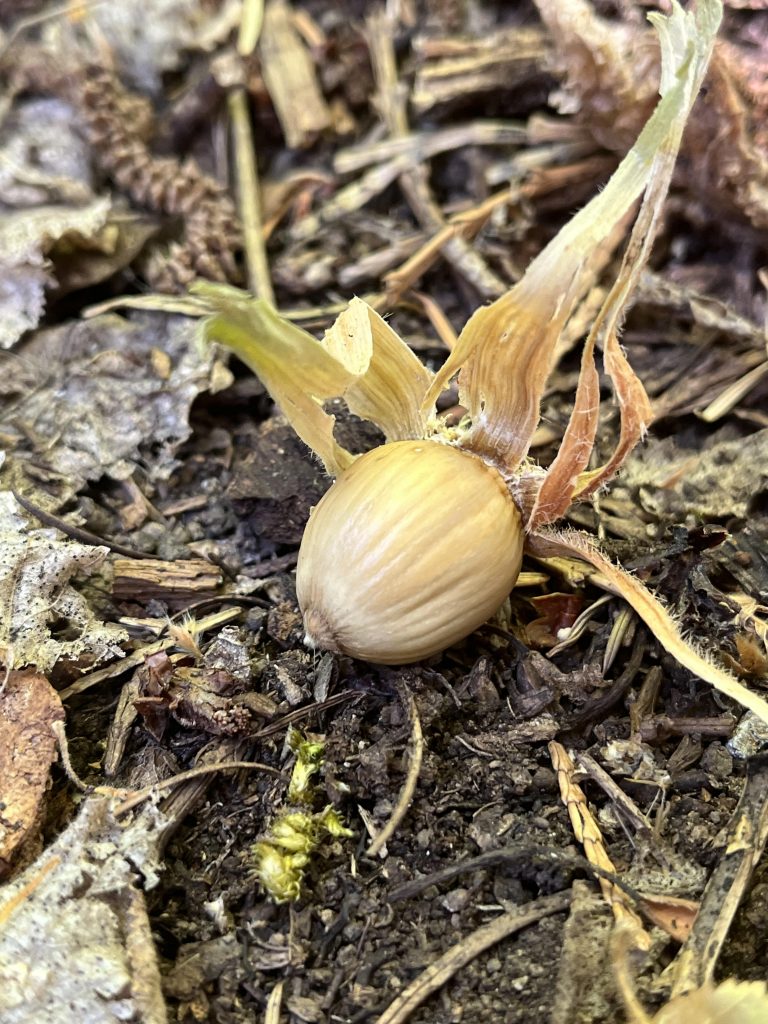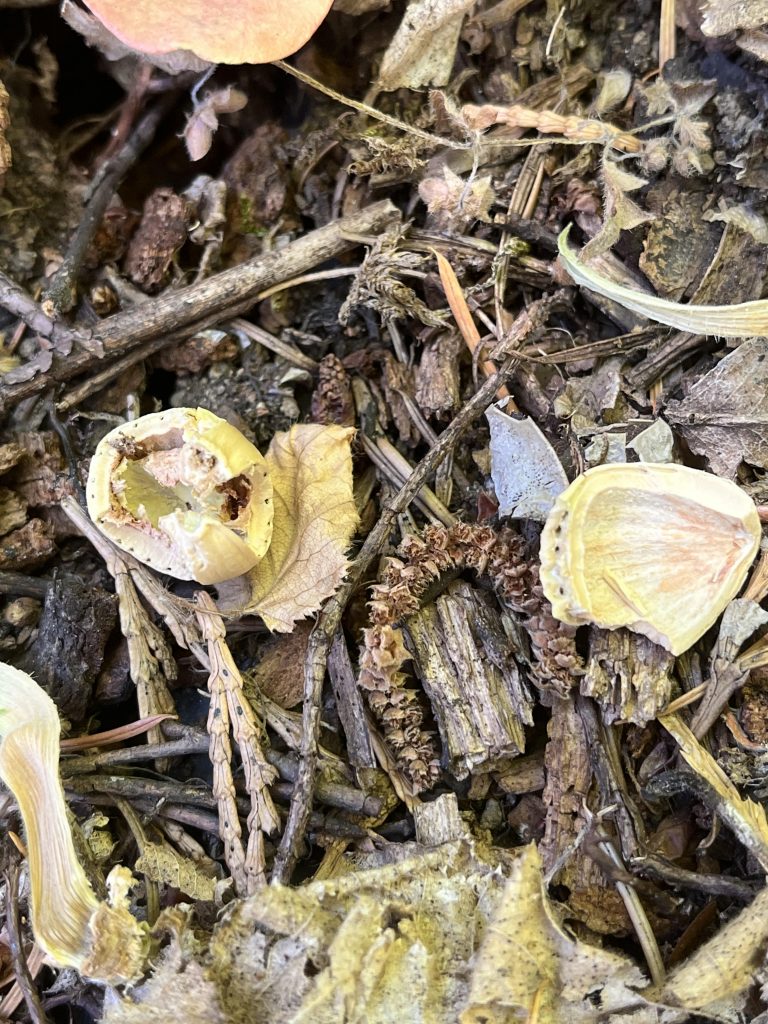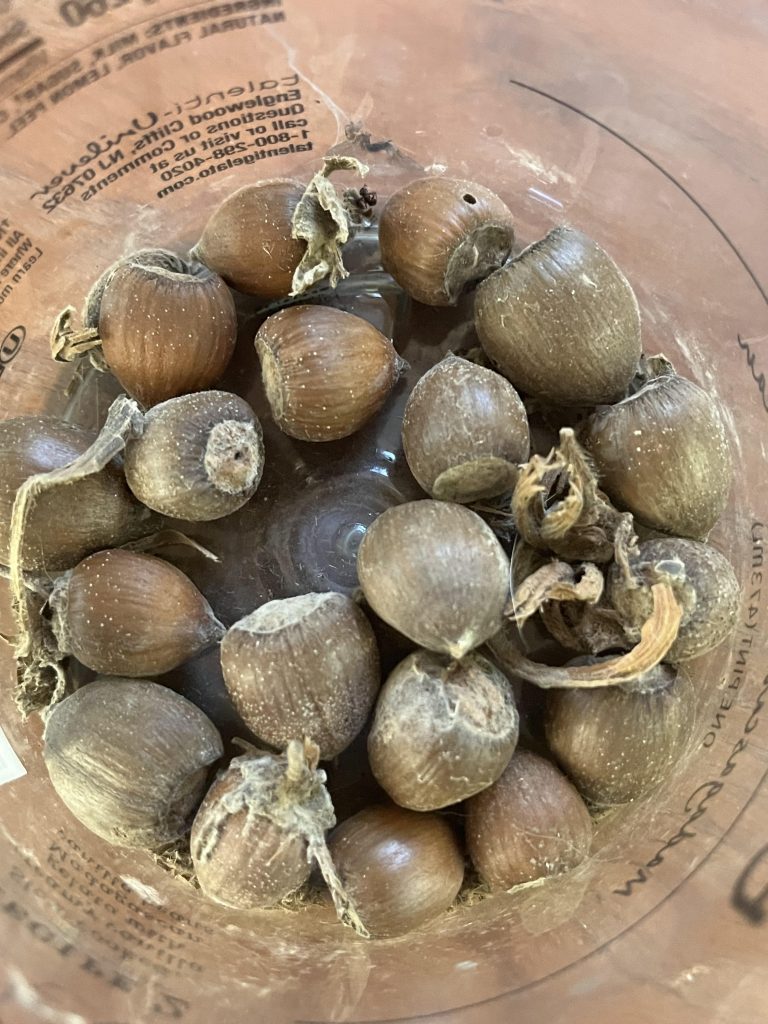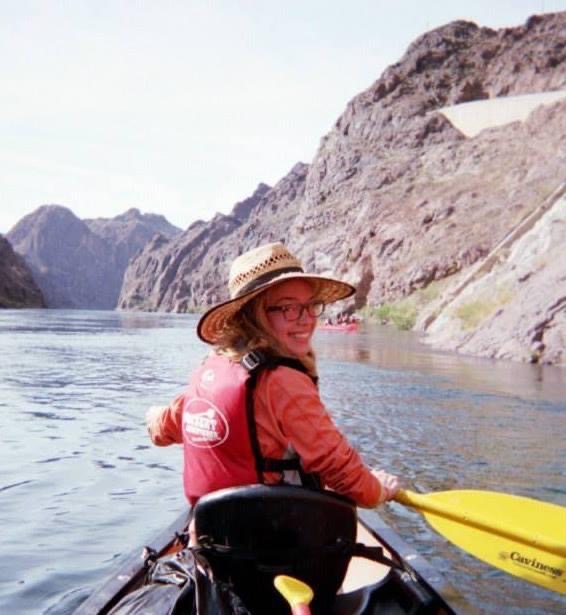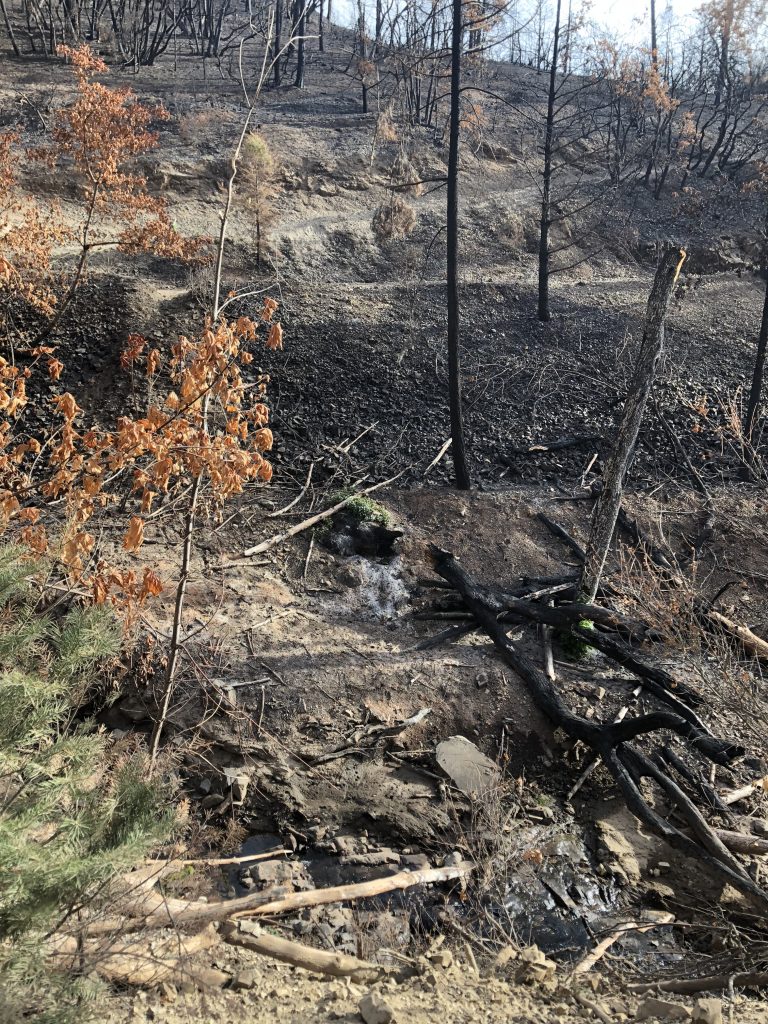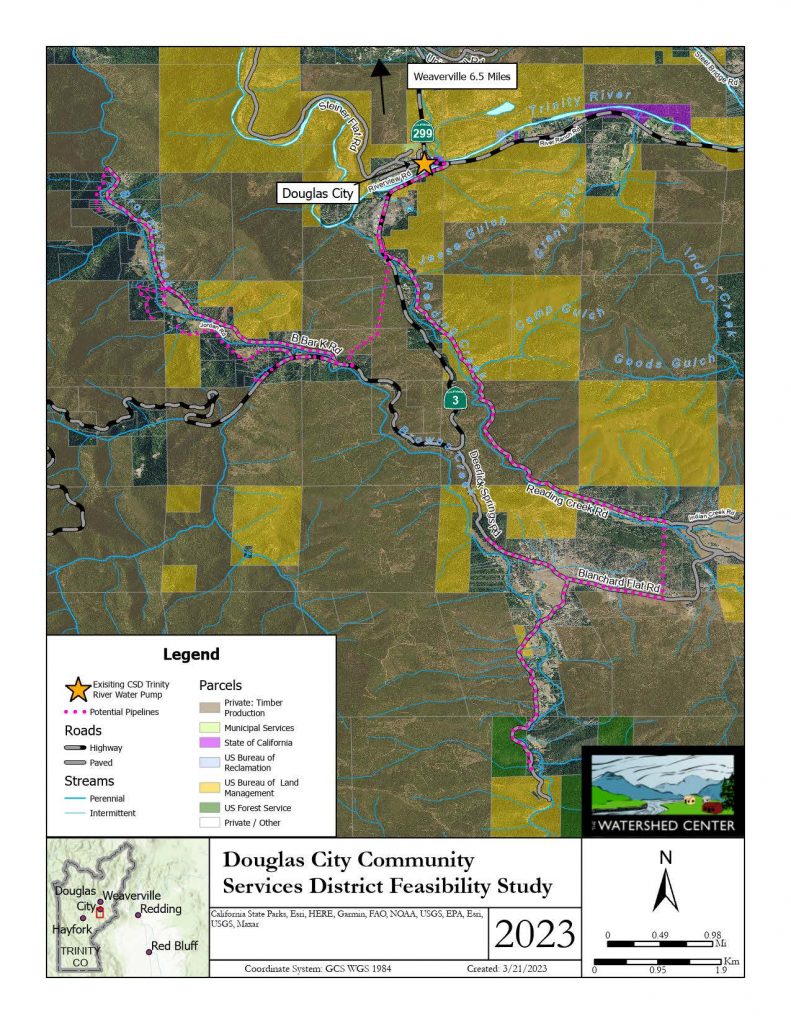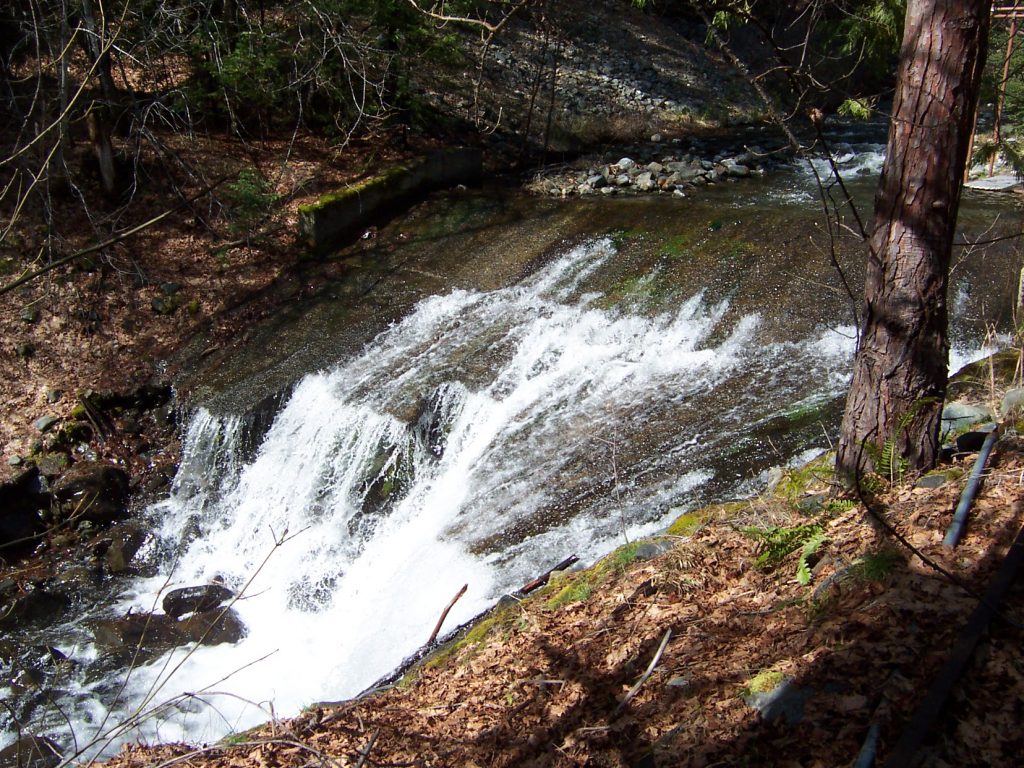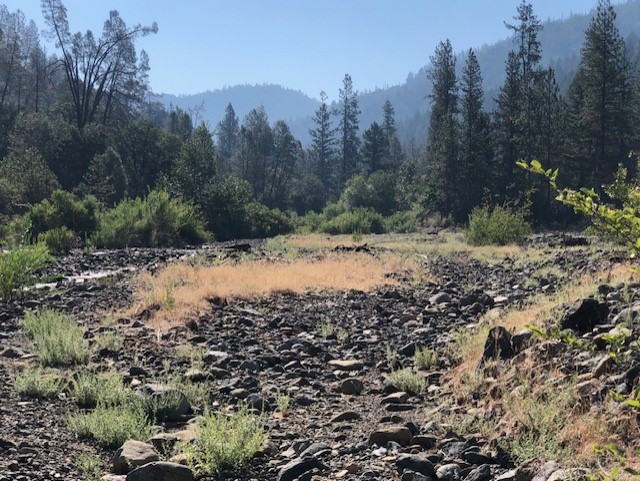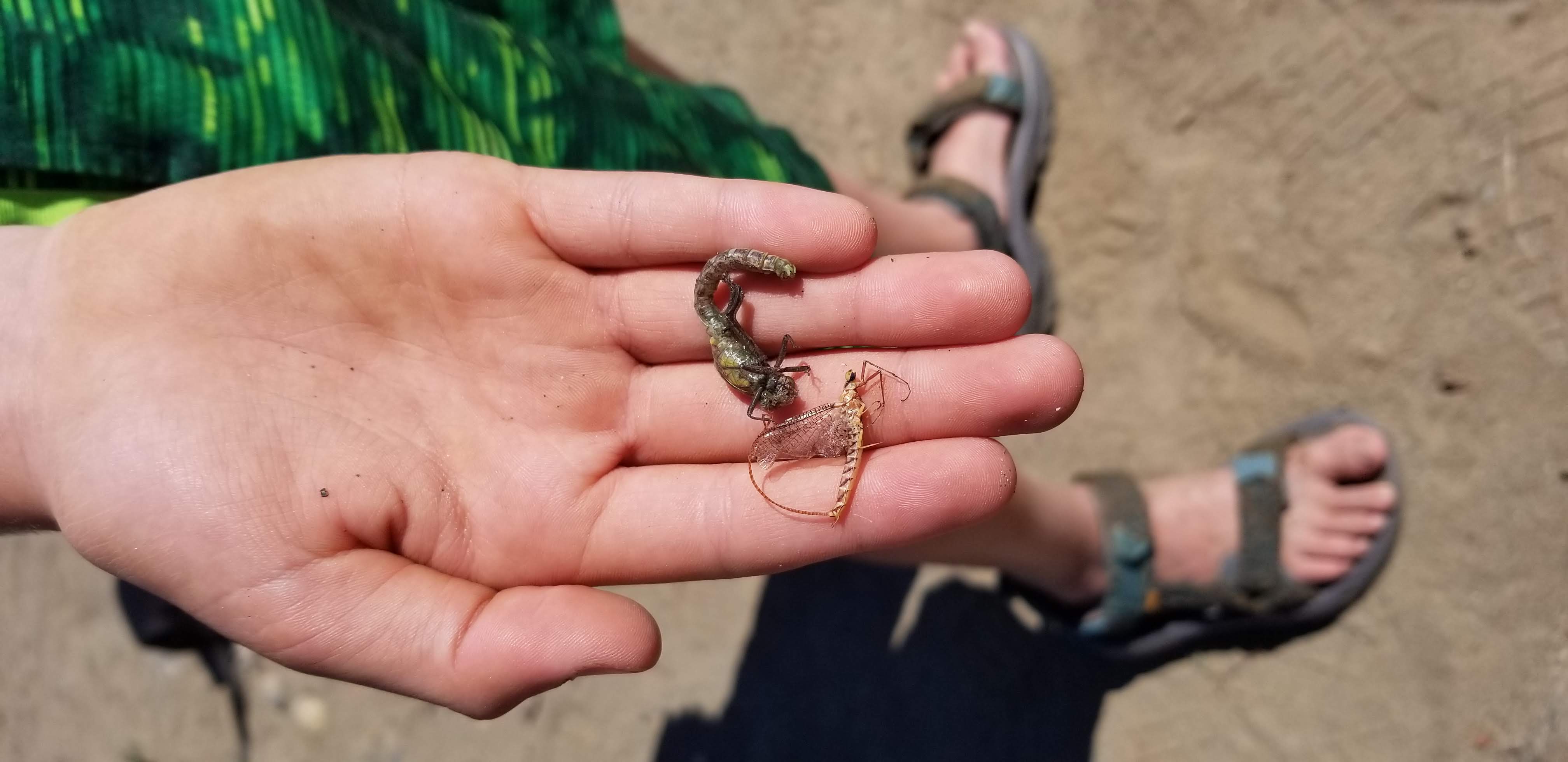
Benthic Macroinvertebrates
What are they and why are they important to river ecology?
Benthic: bottom-dwelling
Macro: see with the naked eye
Invertebrates: animals without backbones
Most of the life in rivers on any given day of the year are the small creatures that live out of the direct force of the river’s current, either attached to the rocks or wood, in spaces underneath or between pieces of gravel, or burrowed into silt. These animals include mussels, snails, worms, crayfish, and aquatic mites. But among all types of aquatic invertebrates, one class of animals stands out as the most diverse and complex – the insects.
An important term in river ecology is “benthic macroinvertebrate”, which refers to bottom-dwelling (benthic) animals without backbones (invertebrates), that you can see with the naked eye (macro). Ask a fly fisherman what trout and steelhead eat, and they’ll probably tell you salmon eggs if they’re available, sometimes other fish, occasionally snails, worms, grasshoppers or ants that fall into the stream, and with most frequency aquatic insects. Aquatic plants and algae photosynthesize energy from the sun. These plants then feed aquatic insect which in turn become an important energy for fish. Many insects have specialized mouthparts and behaviors to scrape algae and diatoms from rocks. Others feed themselves by shredding detritus (organic material that collects in rivers), or by straining food particles from the river’s flow, or by attacking and consuming other invertebrates.
Salmonid lifecycle and feeding
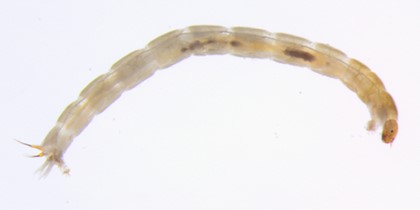
The mouths of small salmon fry are very small, and when their nutrient sac is no longer providing food prime food sources are plankton such as Daphnia (which could be considered “micro” invertebrates), small insect larvae such as chironomids (better known by their common names as midges or gnats) and young mayfly larvae such as baetids (known by fly fishermen as “blue-winged olives”).
Above, a chironomid larvae. Small and soft bodied, with generations as short as three weeks, this family of invertebrates rapidly colonizes seasonally flooded areas and provides excellent food for salmon and steelhead fry, as well as larger fish.
macroinvertebrates.org
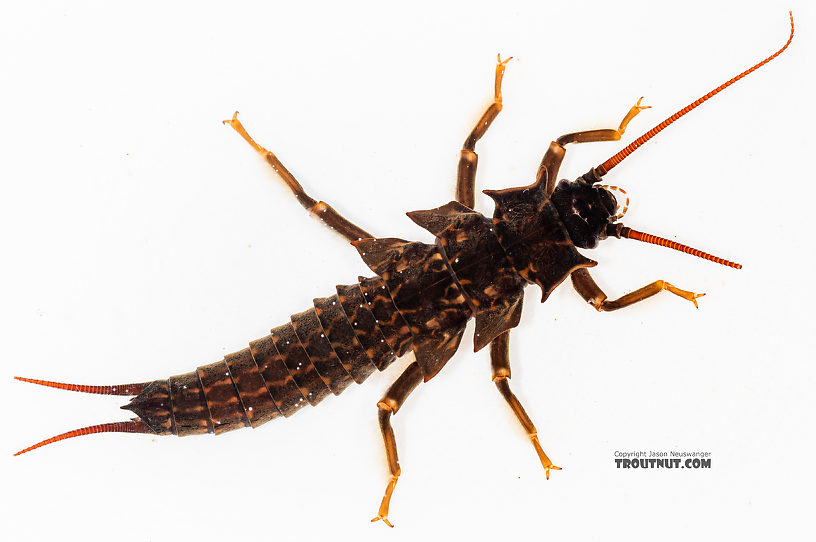
These insects live for three years in the river before metamorphosing into adults. While growing, they mainly eat detritus (organic material that collects on the bottom of the river). Image credit: troutnut.com
Older fish, the size of trout or steelhead, readily eat the larvae of larger insects such as caddisflies and salmonflies. Most aquatic insects are very small when they hatch from their eggs, and grow into progressively larger individuals after shedding their exoskeletons – a process called ‘molting’. Each growth stage is called an ‘instar’, and as they grow, each instar provides different sizes of food for different sizes of fish. After a range from a few weeks (for chironomids) to a few years (for some stoneflies and caddisflies) the insect pupates (similar to a caterpillar in a cocoon) and metamorphoses into a winged adult. Most of these adults are short-lived. Mayflies and stoneflies, for example, don’t even have functional digestive systems. They only live long enough to mate and deposit eggs in suitable locations along a stream.
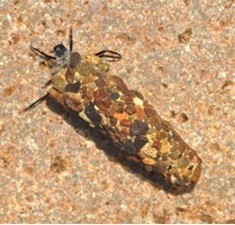
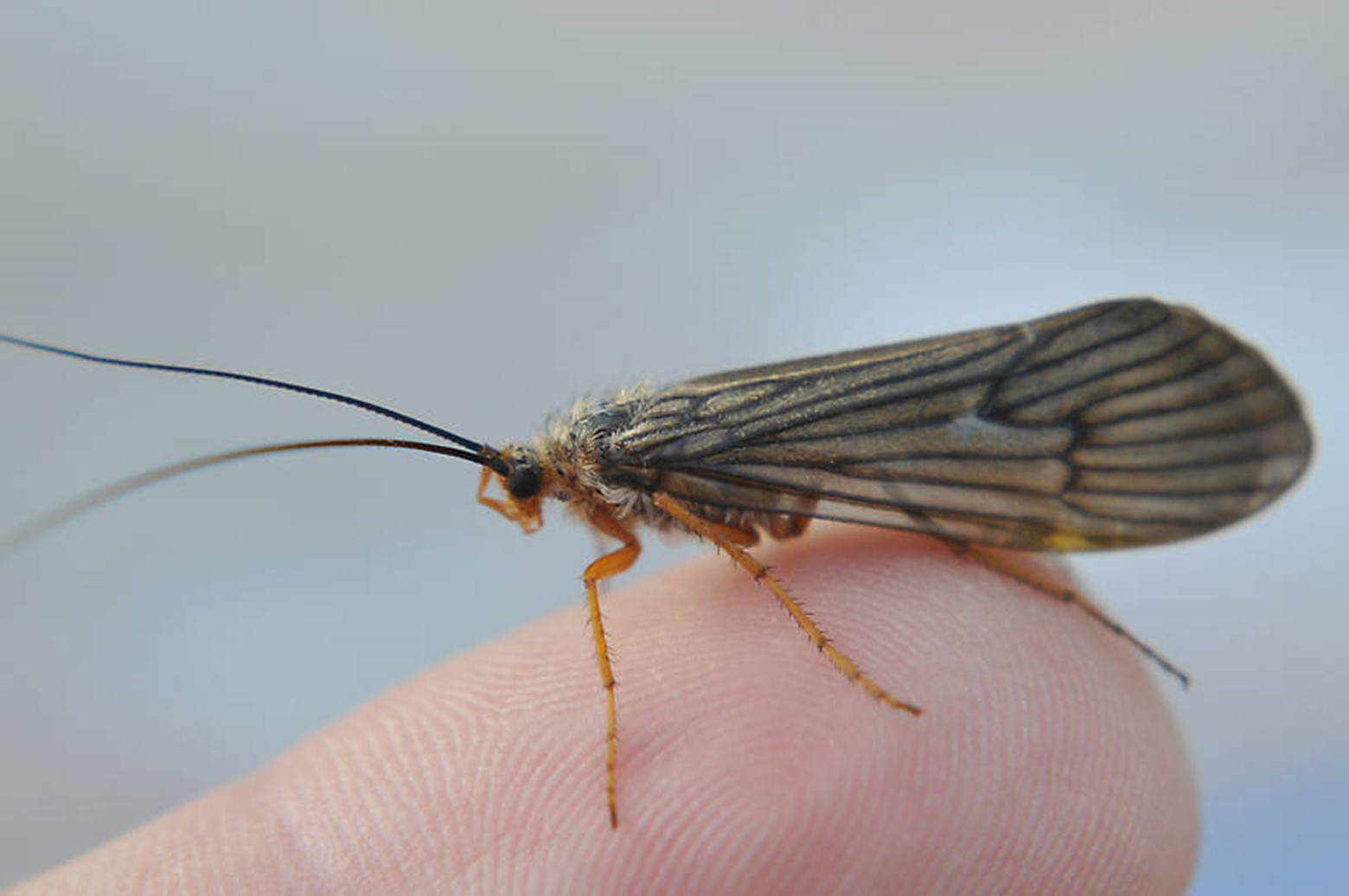
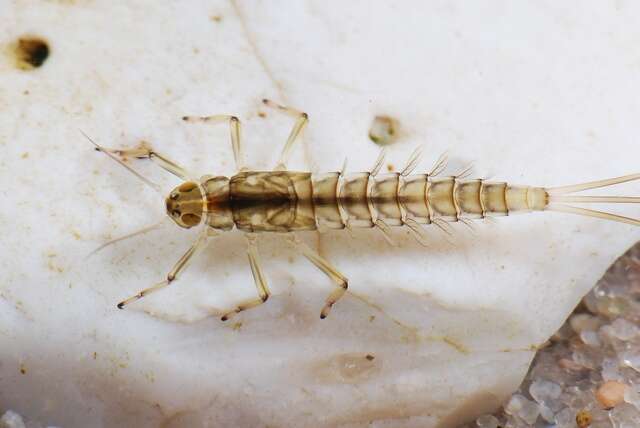
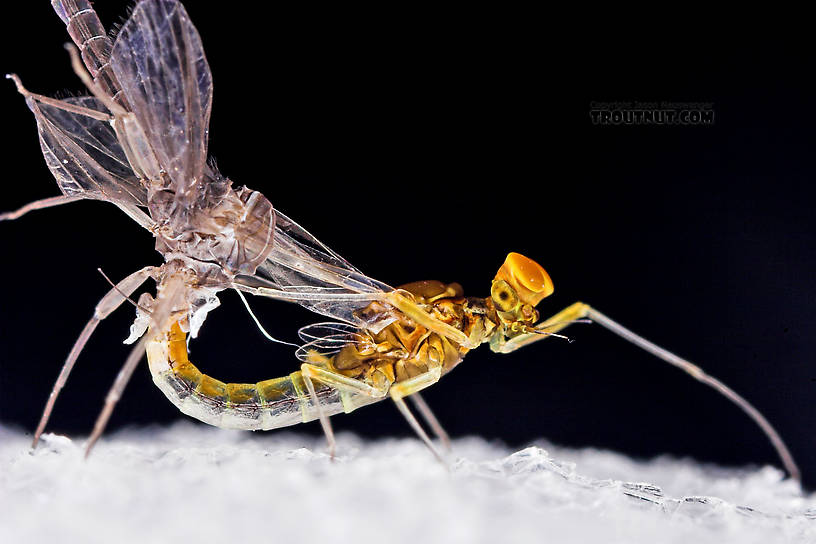
Photo credit: troutnut.com
Macroinvertebrates and stream health
Many aquatic insects have very specific requirements for water parameters such as maximum temperatures, minimum dissolved oxygen, turbidity, pH, and salinity. These requirements make benthic macroinvertebrates very good bioindicators of stream conditions. The orders Ephemeroptera (mayflies), Plecoptera (stoneflies), and Trichoptera (caddisflies) are famous for requiring cold and clean water to thrive. In contrast, Chironomids, which belong to the order Diptera along with common houseflies, vary in their requirements depending on the species.
Stream ecologists can collect a sample of benthic macroinvertebrates and identify the species in the sample. In turn, the insects captured can then tell them about the condition of the stream. For example, if the sample contains a high proportion of individuals in the orders Ephemeroptera, Plecoptera, and Trichoptera, this indicates that the water quality is high. If the sample contains mostly species that live out their life cycle in just a few months, such as many species of Baetis and Chironomidae, this indicates that the water quality may change significantly between seasons. If the sample contains many species that have multi-year life cycles, such as salmonflies and October caddis, this indicates that water quality remains high throughout the year on a consistent basis.
The next time you visit the Trinity River, look around for aquatic macroinvertebrates. You might see cased caddisflies clinging to small cobbles. Turn one over, and you are likely to see mayfly larvae clinging to the bottoms. Look for the shed exoskeletons of stonefly pupa on branches and stems near the water’s edge. Look further to see if you can observe a trout or steelhead sipping adult insects off the surface as they lay eggs and complete their cycle of life.

James Lee, MS – Implementation Branch Chief
James Lee grew up near Redding, Ca, but his heart has always been in The Trinitys, where he chased tadpoles, salmon, deer, and gold nuggets for much of his youth. This love of the outdoors turned into an interest in managing fish, wildlife, water, timber, and other natural resources.

